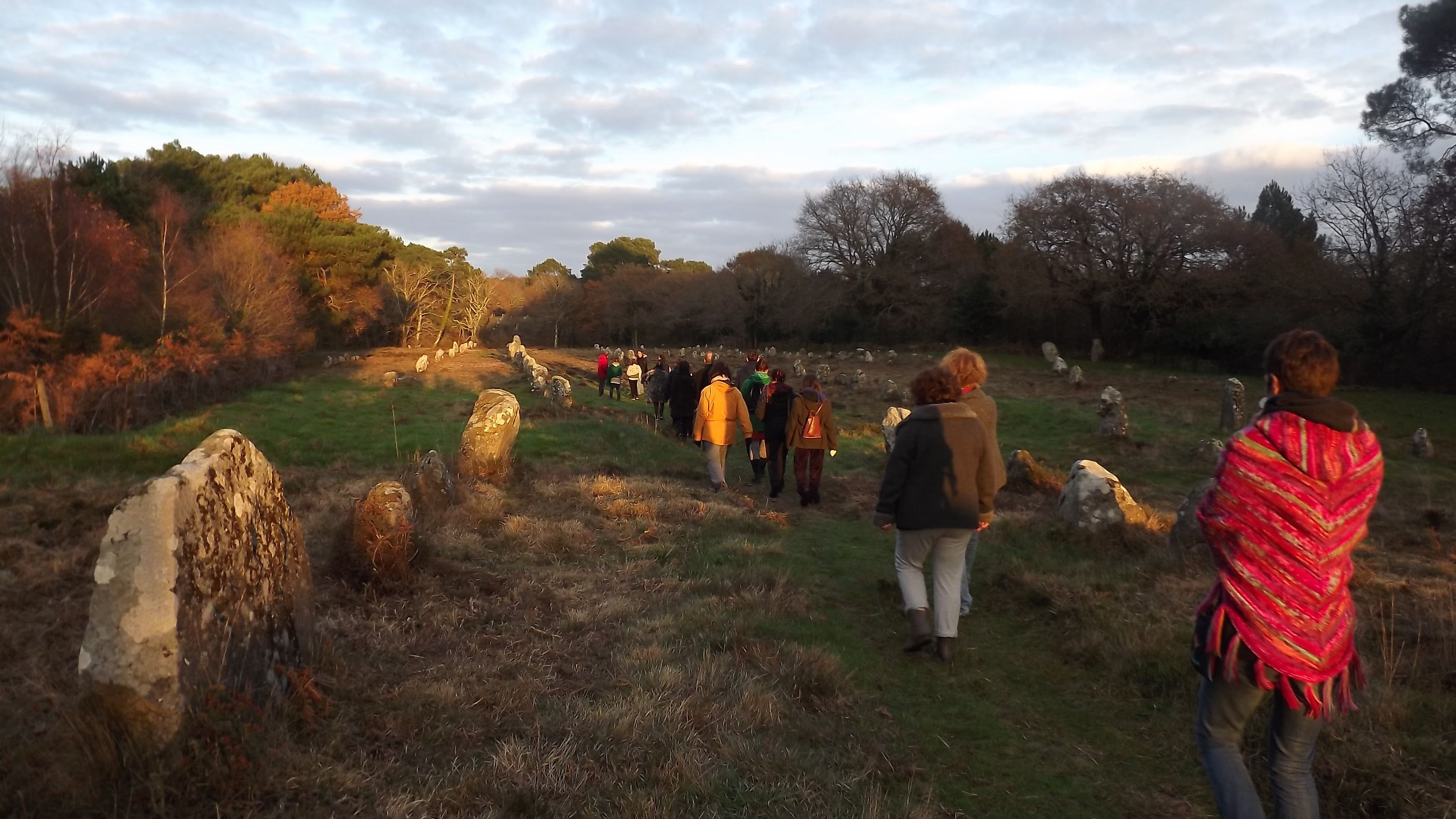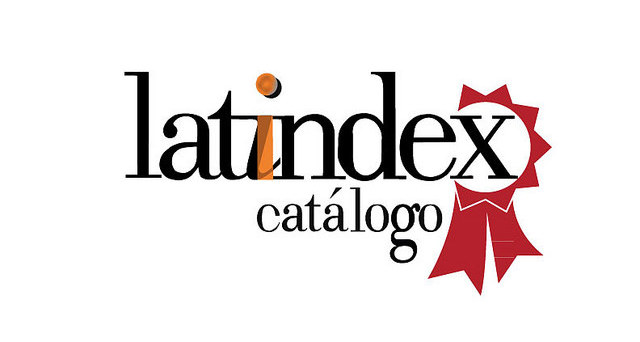Learning to See and Feel the Invisible:
Somatic Learning in Alternative Spiritual Practices
DOI:
https://doi.org/10.29340/en.v7n14.360Keywords:
sensory learning, somatic experience, spirituality, neopaganism, contemporary paganism, Carnac, megaliths, FranceAbstract
This article describes a progressive somatic learning process that aims to produce a body sensitive enough to interact with the non-human agents promoted in New Age and neopagan spiritual practices. Contemporary rituals organized at the archeological site in Carnac, France, are the empirical research subject of this ethnography. These rituals are approached as spaces for sensory learning where participants tune into their body in order to verify the effectiveness of the techniques. As shown in the analysis, the core elements of the somatic learning applied in the rituals include the incorporation of an alternative sensory language, body techniques, visualization, and somatic imaginaries.
Downloads
References
Aldred, Lisa (2000). “Plastic Shamans and Astroturf Sun Danses: New Age Commercialization of Native American Spirituality”, American Indian Quarterly, 24 (3), pp. 329-352.
Anderson, Benedict (1983). Imagined Communities: Reflections on the Origin and Spread of Nationalism. Londres : Verso.
Andrieu, Bernard (2010). Philosophie du corps, expériences, interactions et écologie corporelle. París: Vrin.
Blacking, John (ed.) (1977). “Towards an Anthropology of the Body”, en The Anthropology of the Body. Londres: Academic Press, pp. 1-28
Boismoreau, Émile (1917). “Notes à propos de l’utilisation thérapeutique des mégalithes dans la Bretagne”, Bulletin de la Société Préhistorique de France, 14, (3), pp.158-160.
Bourdieu, Pierre (1977). Outline of a Theory of Practice. Cambridge : Cambridge University Press.
Bourdieu, Pierre y Jean-Claude Passeron (1977). Reproduction in Education Society and Culture. Londres y Beverly Hills: Sage.
Butler, Jenny (2020). “Contemporary Pagan Pilgrimage: Ritual and Re-Storying in the Irish Landscape”, Numen, 67, (5-6), pp. 613–36.
Castañeda, Carlos (1997). Magical Passes: The Practical Wisdom of the Shamans of Ancient Mexico. Nueva York : Harper Perennial.
Csordas, Thomas J. (1990). “Embodiment as a Paradigm in Anthropology”, Ethos, 18, (1), pp.5-47.
Csordas, Thomas J. (1993). “Somatic Modes of Attention”, Cultural Anthropology, 8, (2), pp. 135-156.
Dansac, Yael (2020). “Embodied Engagements with the Megaliths of Carnac: Somatic Experience, Somatic Imagery, and Bodily Techniques in Contemporary Spiritual Practices”, Journal of Religion in Europe, 13, (3-4), pp. 300-324.
Dansac, Yael (2021). “The Enchantment of Archaeological Sites and the Quest for Personal Transformation”, Ciencias Sociales y Religion/ Ciências Sociais e Religião, 23, pp. 1-22.
De la Torre Castellanos, Renée y Cristina Gutiérrez Zúñiga (2011). “La mexicanidad y los circuitos New Age. ¿Un hibridismo sin fronteras o múltiples estrategias de síntesis espiritual?”, Archives des Sciences Sociales des Religions, 153, pp. 183-206.
De la Torre Castellanos, Renée y Cristina Gutiérrez Zúñiga (2016). “El Temazcal: un ritual prehispánico transculturalizado por redes alternativas espirituales”, Ciencias Sociales y Religion/ Ciências Sociais e Religião, 18, (24), pp. 153-172.
De la Torre Castellanos, Renée, Cristina Gutiérrez Zúñiga y Yael Dansac (2021). “Los efectos culturales de la creatividad ritual del neopaganismo”, Ciencias Sociales y Religion/ Ciências Sociais e Religião, 23, pp. 1-22.
Depraz, Natalie (2014). Attention en vigilance. À la croisée de la phénoménologie et des sciences sociales. París : Presses Universitaires de France.
Dupuis, David (2018). “Apprendre à voir l’invisible. Pédagogie visionnaire et socialisation des hallucinations dans un centre chamanique d’Amazonie péruvienne”, Cahiers d’anthropologie sociale, 2, (17), pp. 20-42
Durkheim, Émile (1992) [1902]. L’éducation morale. París : Presses Universitaires de France.
Harvey, Graham (2005). Animism: Respecting the Living World. Londres: Hurst.
Harvey, Graham (ed.) (2013). The Handbook of Contemporary Animism. Londres: Routledge.
Heelas, Paul (2009). “Spiritualities of Life”, en Peter Clarke (ed.). The Oxford Handbook of the Sociology of Religion. Oxford: Oxford University Press, pp. 758-782,
Houseman, Michael (2002). “Qu'est-ce qu'un rituel ? ”, L'Autre, 3, (3), pp. 533-538.
Houseman, Michael. (2010) “Des rituels contemporains de première menstruation”, Ethnologie française, 40, (1), pp. 57-66.
Houseman, Michael (2016). “Comment comprendre l’esthétique affectée des cérémonies New Age et néopaïennes ?”, Archives de sciences sociales des religions, 174, pp. 213-237.
Howes, David (ed.) (2018). “Introduction: On the Geography and Anthropology of the Senses”, en Senses and Sensations: Critical and Primary Sources. Geography and Anthropology. Londres: Bloomsbury, pp. 1-22.
Howes, David (2019). “Multisensory anthropology”, Annual Review of Anthropology, 48, (1), pp. 17-28.
Ishii, Miho (2012). “Acting with things: Self-poiesis, actuality, and contingency in the formation of divine worlds”, Journal of Ethnographic Theory, 2, (2), pp. 371-388.
Jamison, Ian (2011). Embodied Ethics and Contemporary Paganism. Tesis de doctorado. Milton: The Open University.
Le Breton, David (2010). Cuerpo sensible. Santiago de Chile: Ediciones Metales Pesados.
Lévi-Strauss, Claude (1962). La Pensée Sauvage. París : Plon.
Lombardi, Denise (2023). Le néo-chamanisme. Une religion qui monte ? París : éditions du Cerf.
Maffesoli, Michel (1993). La contemplation du monde, figures du style communautaire. París: Grasset.
Mazariegos Herrera, Hilda Maria Cristina (2022). “El diario de campo encarnado. Apuntes para una propuesta metodológica para el estudio de las emociones desde y con el cuerpo”, en Jacobo F. y Martinez-Moreno M. (eds.). Las emociones de ida y vuelta. Experiencia etnográfica, método y conocimiento antropológico. México: UNAM, pp. 335-352.
Mauss, Marcel (1950). La notion des techniques du Corps. París : Presses Universitaires de France.
Merleau-Ponty, Maurice (1945). Phénoménologie de la perception. Paris : Gallimard.
Merleau-Ponty, Maurice (1964). Le visible et l'invisible. Paris, Gallimard.
Meyer, Birgit (2006). Religious Sensations: Why Media, Aesthetics and Power Matter in the Study of Contemporary Religion. Amsterdam : Vrije University.
Moisseeff, Marika y Michael Houseman (2020). “L’orchestration rituelle du partage des émotions et ses ressorts interactionnels”, en Kaufmann L. y Quéré L. (dir.). Les émotions collectives. Paris : EHESS, pp. 133-168.
Mossière, Géraldine (2018). “Des esprits et des hommes : regard anthropologique sur le sujet spirituel”, Théologiques, 26, (2), pp. 59–80.
Nizard, Caroline (2020). “S’ac-corps-der, approfondissement de l’attention corporelle dans les pratiques de yoga”, en Andrieu B. (ed.). Manuel d’emersiologie. Apprends le langage du corps. San Giovanni: Mimesis, pp. 272-340.
Pierini, Emily (2016). “Becoming a Spirit Medium: Initiatory Learning and the Self in the Vale do Amanhecer”, Ethnos, 81, (2), pp. 290-314
Pierini, Emily, Alberto Groisman y Diana Espirito Santo (2023). Other Worlds, Other Bodies. Embodied Epistemologies and Ethnographies of Healing. New York y Oxford: Berghahn.
Pike, Sarah (2001). Earthly Bodies, Magical Selves: Contemporary Pagans and the Search for Community. Berkeley: University of California Press.
Pink, Sarah (2009). Doing Sensory Ethnography. Londres: Sage.
Rountree, Kathryn (2006). “Performing the Divine: Neo-Pagan Pilgrims and Embodiment at Sacred Sites”, Body & Society, 12, (4), pp. 95-115.
Rountree, Kathryn (2004). Embracing the Witch and the Goddess: Feminist Ritual-Makers in New Zealand. Londres: Routledge.
Rountree, Kathryn (ed.) (2015). “Introduction. Context is everything: Plurality and Paradox in Contemporary European Paganisms”, en Contemporary Pagan and Native Faith Movements in Europe. Colonialist and Nationalist Impulses. New York y Oxford: Berghahn, pp.1-23.
Samudra, Jaida Kim (2008). “Memory in Our Body: Thick Participation and the Translation of Kinesthetic experience”, American Ethnologist, 35, (4), pp. 665-681.
Turner, Victor (1986), “Dewey, Dilthey and Drama: An Essay in the Anthropology of Experience”, en Victor Turner y Edward Bruner (eds.). The Anthropology of Experience. Illinois: University of Illinois Press, pp. 33-44.
Whitehead, Amy (2018). Religious Objects. Uncomfortable Relations and An Ontological Turn to Things. Londres: Taylor and Francis.

Downloads
Published
Issue
Section
License
Copyright (c) 2024 Encartes

This work is licensed under a Creative Commons Attribution-NonCommercial 4.0 International License.
Aviso de derechos de autor
- Los autores/as conservan los derechos de autor y ceden a la revista el derecho a la primera publicación con el trabajo registrado con la licencia de atribución Creative Commons, que permite a terceros utilizar lo publicado siempre que mencionen la autoría del trabajo y a la primera publicación en esta revista
- Los autores/as pueden realizar otros acuerdos contractuales independientes y adicionales para la distribución no exclusiva de la versión del artículo publicado en esta revista (por ej. Incluirlo en un repositorio institucional o publicarlo en un libro) siempre que indiquen claramente que el trabajo se publicó por primera vez en esta revista.
El material puede ser copiado, distribuido, comunicado, ejecutado públicamente. Se pueden hacer obras derivadas de él. No se puede utilizar para fines comerciales. Se debe reconocer y citar la obra de la forma en que tú especifiques.









